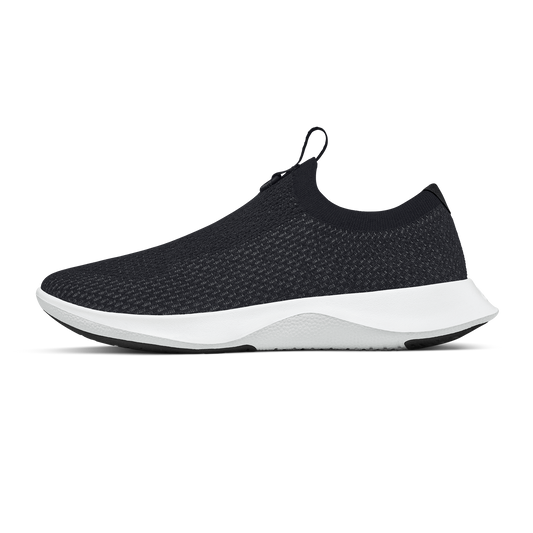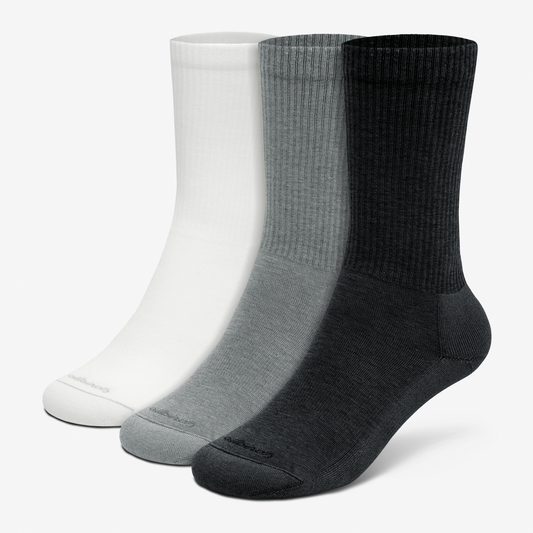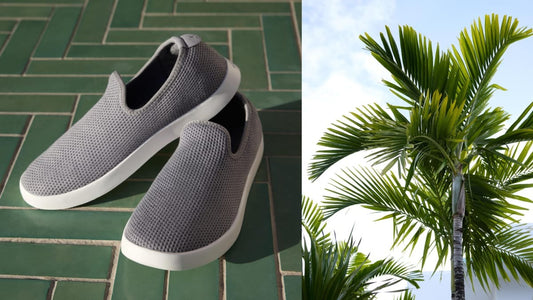You want to get out into nature, get some fresh air, and you’ve just laced up your shoes. But when the moment comes to walk out your door, which is better: walking or running? Does running really give you a better workout? While both forms of exercise provide great health benefits, it can be bewildering to decide which activity is best for you.
Here are some common questions on walking versus running:
How Much Walking is Equivalent to Running?
If you’re just not in the mood for a high-powered run, or you’re never gonna be, this is a standard question. Let’s take into account calorie burn and effort. Generally, walking burns about half the calories as running over the same distance and takes about twice as long. For instance, if you run a mile in 8 minutes (impressive!), you might burn around 100 calories. Of course, this varies based on weight, metabolism, and age.
Walking a mile might take 20 minutes and burn approximately 50 calories. It’s also worth noting that running tends to engage more muscle groups at a higher intensity, offering different physiological benefits when compared to walking.
So, to get the same calorie burn, you could run for 8-10 minutes or walk for 40 minutes.
Can Walking Prepare You for Running?
Absolutely! Walking—especially brisk walking—strengthens the same muscles and joints used in running. It also helps build cardiovascular health, which is essential for exercises that use a higher heart rate like running. Think of walking as the foundation or the “pre-training” phase for your running endeavors. Enjoy the journey! Read more tips on how to start running.
How Long Should You Walk Before You Start Running?
It truly depends on your fitness level and personal goals. If you’re starting from scratch, aim for a solid foundation—like walking consistently for 30 minutes a day, 4-5 times a week, and increase from there.
Once you're comfortably walking for 60 minutes without feeling too fatigued, introduce short running intervals. But remember, there’s no one-size-fits-all. For some people it might take a few weeks, while others might need several months. Find specific tips for how to make your walk more challenging and start the transition into running.
Is it Better to Walk or Run for 30 Minutes?
"Better" depends on your objectives. If calorie burning and/or cardiovascular endurance are your goals, running will be more effective in that 30-minute window than walking. However, running is a higher-impact exercise, which might not be ideal for everyone.
Walking is low-impact, making it more accessible to a broader range of people, including the elderly or those with specific joint concerns. A 30-minute brisk walk can still offer cardiovascular benefits and calorie burn, and is a fantastic excuse to get outside.
Is it Better to Walk Three Miles or Run One Mile?
Again, let's dive into what "better" means for you:
-
Time Commitment: Walking three miles might take about an hour or more, whereas running a mile may only take 10 minutes for a fit individual.
-
Calorie Burn: Walking three miles will typically burn more calories than running just one mile. However, the post-exercise calorie burn (often referred to as 'afterburn') can be higher after intensive activities like running.
-
Intensity & Health Benefits: Running increases heart rate and can offer improved cardiovascular benefits in a shorter time. However, walking three miles is a nice prolonged activity, which has its own set of benefits, including sustained calorie burn and muscle endurance.
-
Joint Impact: Walking, especially at a moderate pace, is easier on the joints than running. So, again, if joint health is a concern, walking those three miles might be your answer.
How Do You Go From Walking to Running?
Transitioning from walking to running isn’t as scary as it may sound. Starting out is easy: simply start incorporating short bursts of jogging during your regular walks to help get you acclimated. You might try jogging for 30 seconds, then walking for 2 minutes, and repeat (or something similar).
As your stamina improves, increase your jogging duration and decrease your walking periods. Eventually, you'll find yourself running more than walking. Remember, patience is key—listen to your body and adjust your pace accordingly. If you’re someone who responds to structure and goals, keep track of your running intervals and challenge yourself over time.
And, of course, getting a new pair of active shoes is always a nice incentive to get going. Browse our men’s and women’s collections to find your perfect pair to hit the road with.
Whether you choose to walk or run, the most crucial step is simply to get moving. Both activities offer tons of benefits that contribute to a healthier, happier life. Understand your goals, listen to your body, and you can't go wrong. Whether you lace up those shoes for a leisurely walk or an invigorating run, the road to better health is right beneath your feet.
















